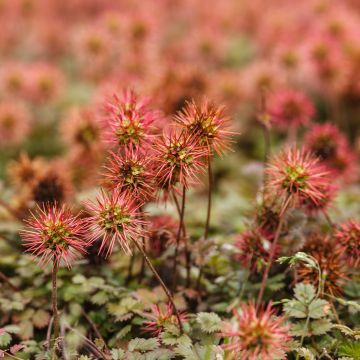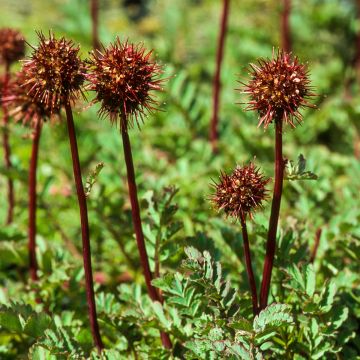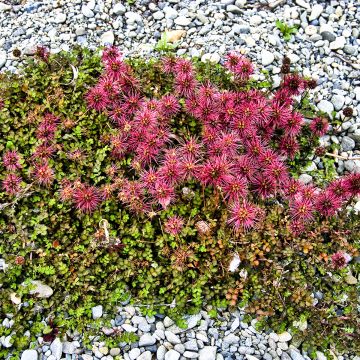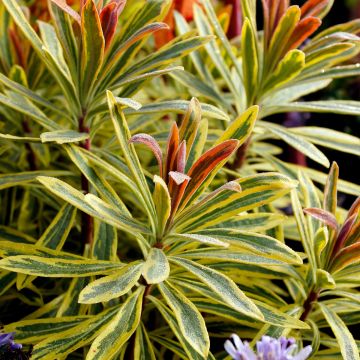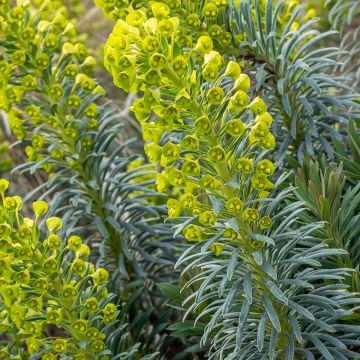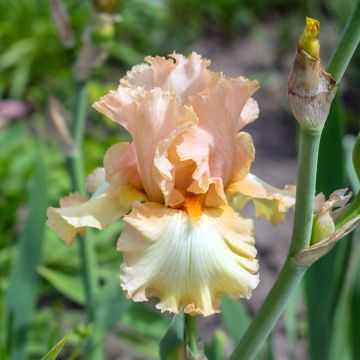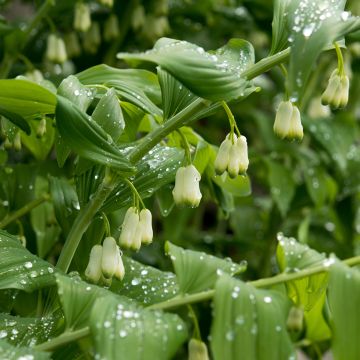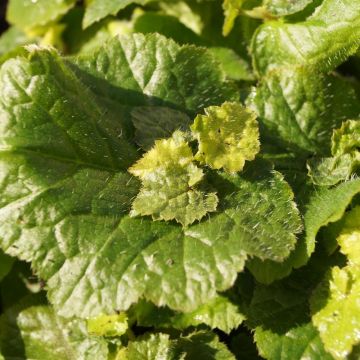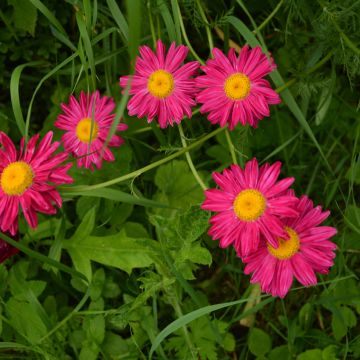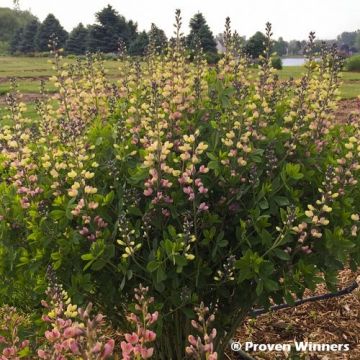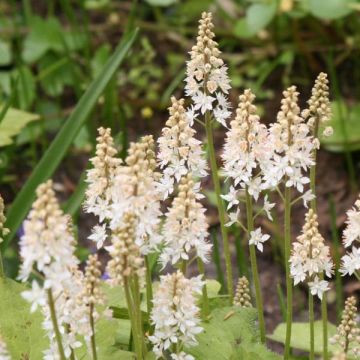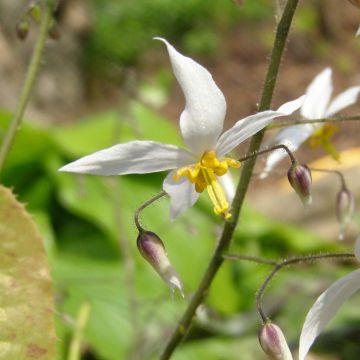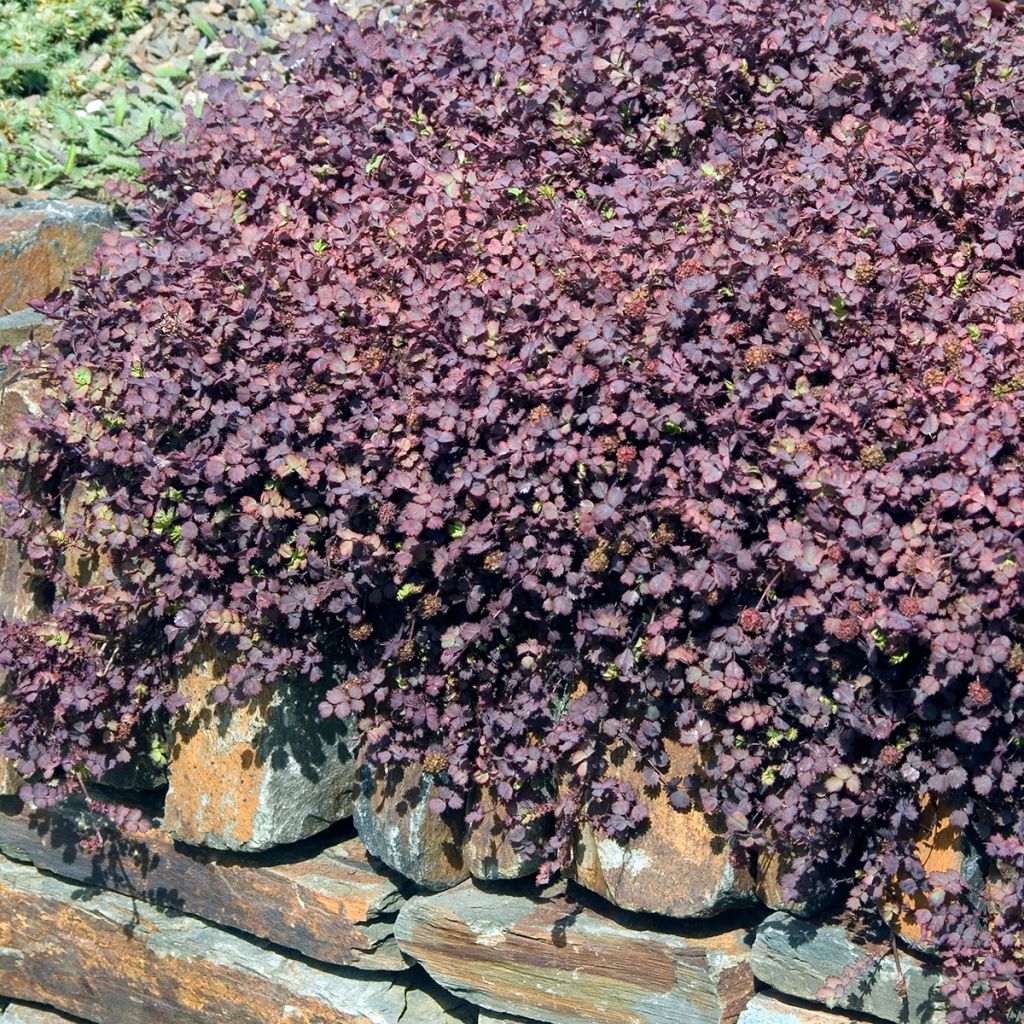

Acaena inermis Purpurea
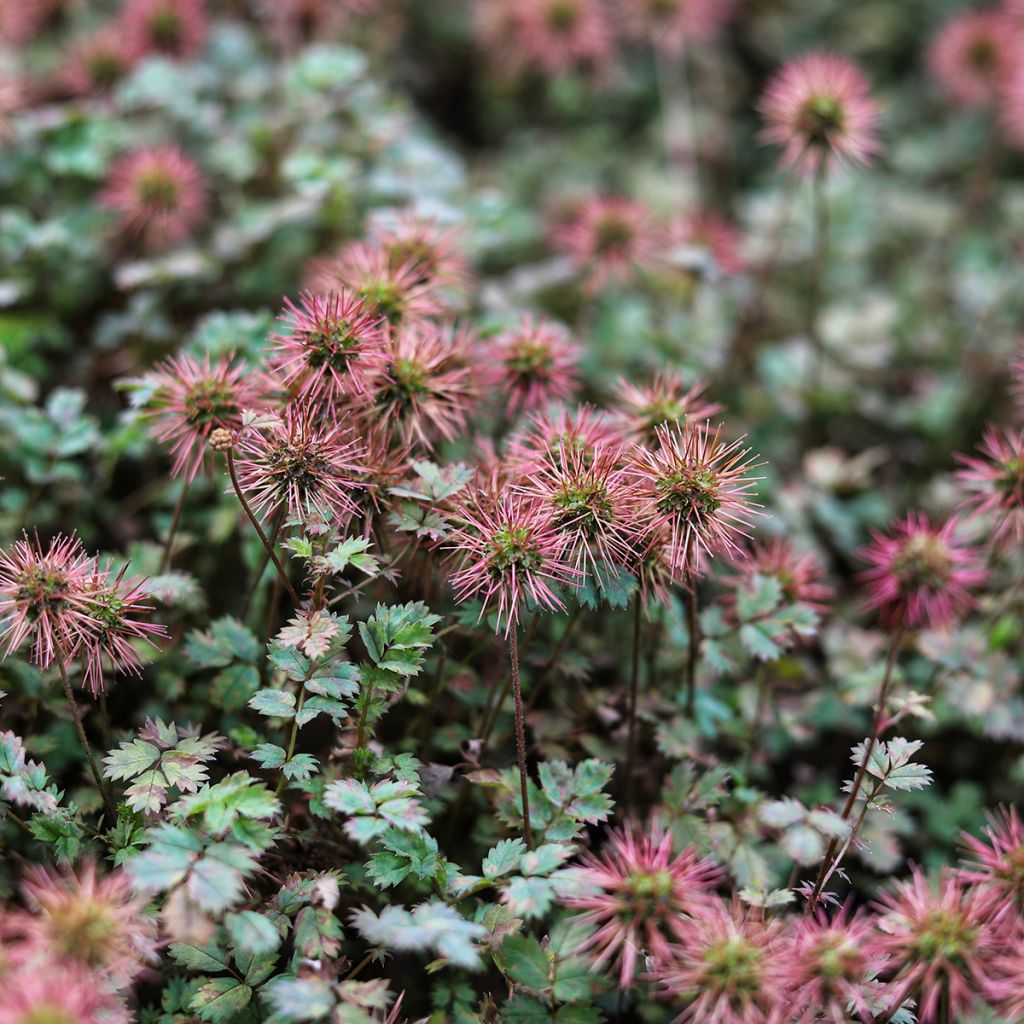

Acaena inermis Purpurea
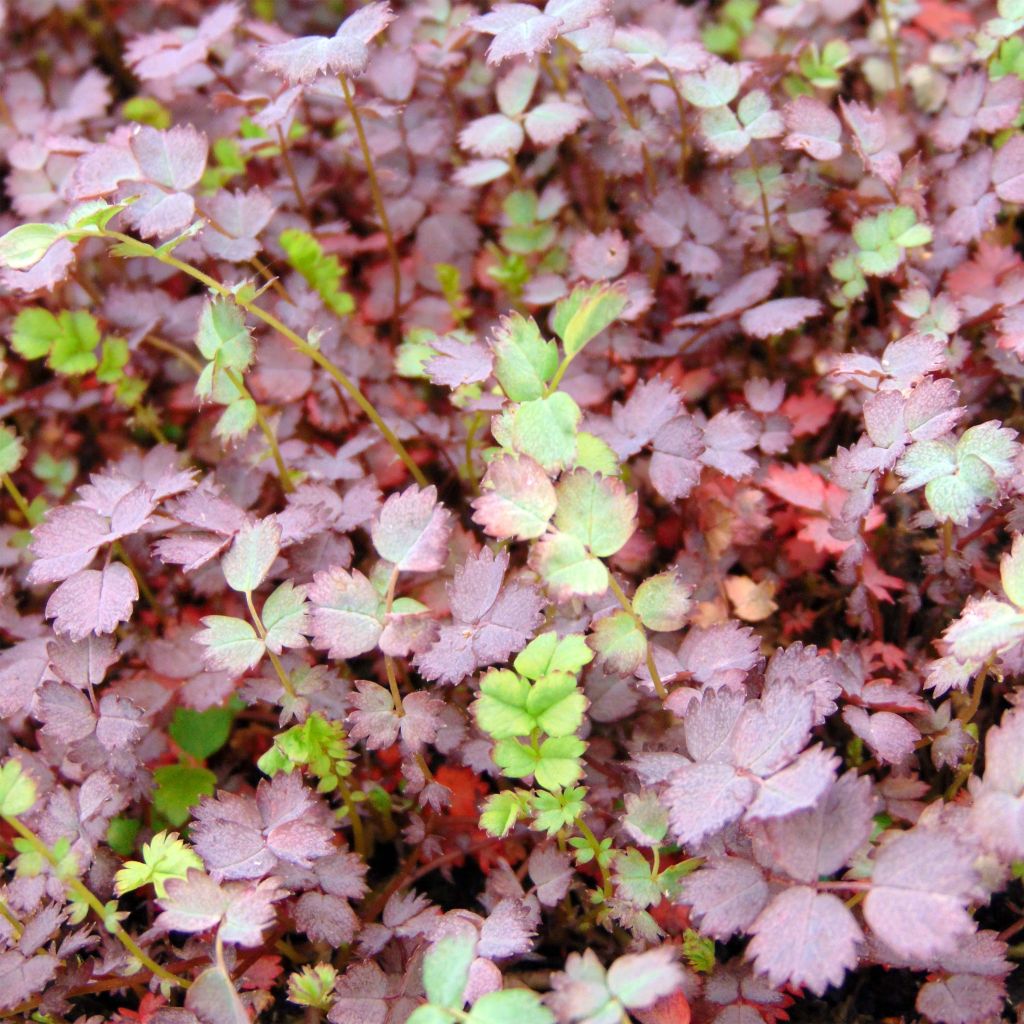

Acaena inermis Purpurea
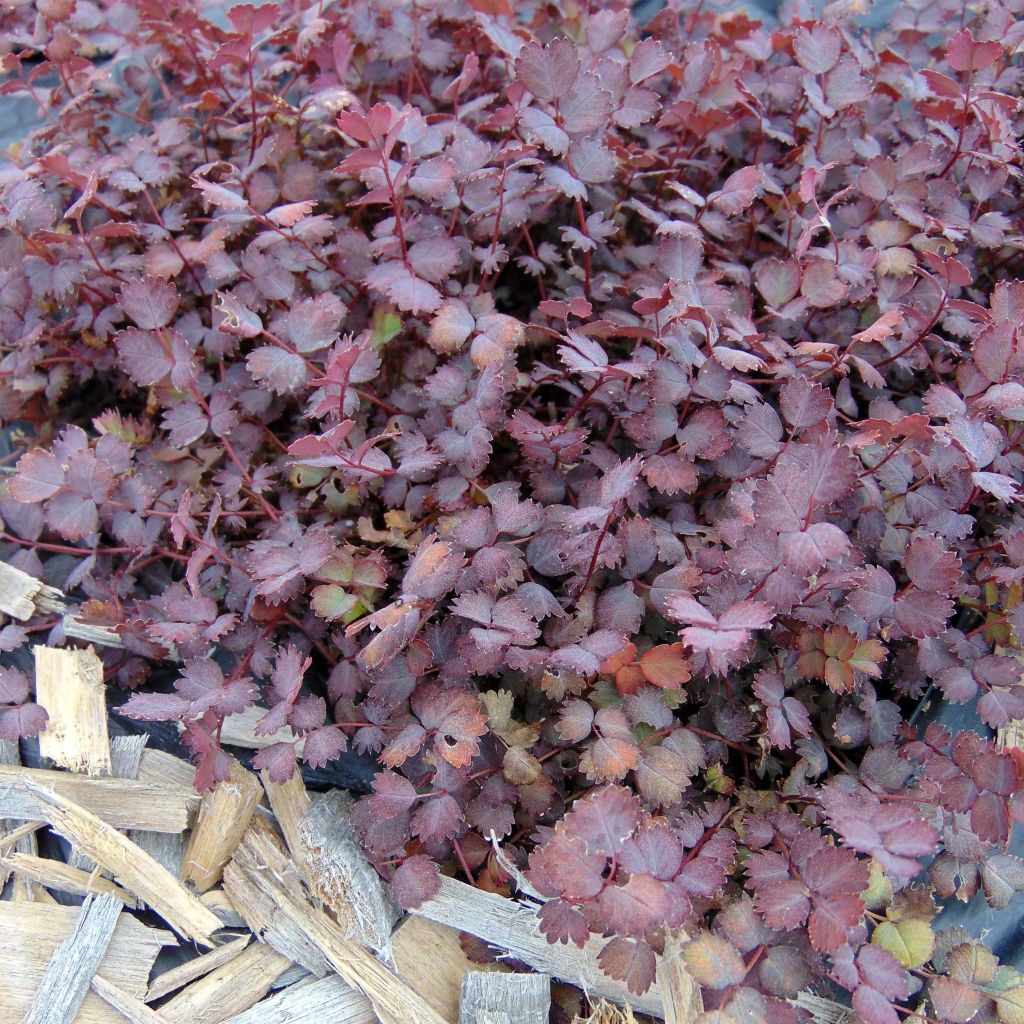

Acaena inermis Purpurea
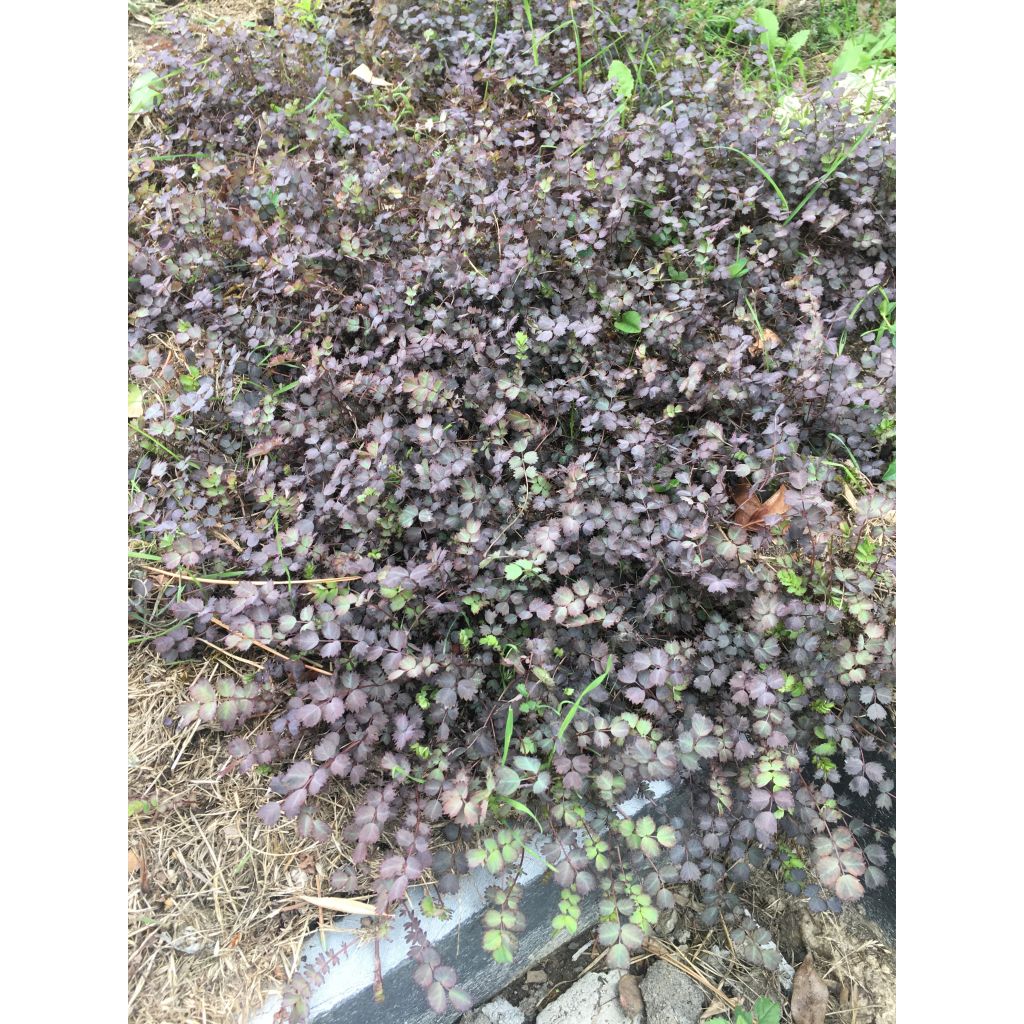

Acaena inermis Purpurea
Acaena inermis Purpurea
Acaena inermis Purpurea
Spineless Acaena, Smooth Acaena
This item cannot be shipped to the selected country
Delivery charge from €5.90
More information
Delivery charge from €5.90
More information
Schedule delivery date,
and select date in basket
This plant carries a 12 months recovery warranty
More information
We guarantee the quality of our plants for a full growing cycle, and will replace at our expense any plant that fails to recover under normal climatic and planting conditions.
From €5.90 for pickup delivery and €6.90 for home delivery
Express home delivery from €8.90.
Does this plant fit my garden?
Set up your Plantfit profile →
Description
The Acaena inermis 'Pupurea' is a very pretty form with richly coloured foliage of a robust and hardy New Zealand burr. This small perennial plant forms a superb evergreen ground cover whose colour evolves from pink to purple-violet and brick red, with its small finely cut leaves sometimes tinged with olive green shades in winter. Its discreet summer flowering is followed by an original fruiting, in the form of spiky globules. This plant beautifully cascades from stone walls and decorates alpine rockeries, troughs, and sunny borders with a pretty purplish moss. While this burr appreciates well-drained soils, even dry in winter, it requires some coolness in summer.
The Acaena inermis is a rhizomatous plant native to New Zealand, belonging to the Rose family. It is a relative of the burnet plant, which is shown by their similar foliage. The 'Purpurea' form slowly forms a dense mat, 10 cm (4in) high, which in theory can spread without limit. Its foliage is remarkable; compound and finely cut into dentate leaflets not exceeding 7 mm (1in) in diameter, it displays changing colours, even more vibrant with intense sunlight. It is generally evergreen. Its leaves are carried by underground and root-running stems, allowing them to spread over time. In June-July, short stems bear rather inconspicuous small flower heads. They consist of tiny flowers in the form of small green-brown spheres. In autumn, the mat is adorned with curious small globular and spiky fruits, similar to tiny chestnuts. This lovely plant is not invasive, and its growth is easily controllable. All that is needed is to remove rooted stems and compost them or plant them in another part of the garden.
The 'Purpurea' Acaena thrives in almost all well-drained soils, in an alpine climate, but it is generally much less demanding to grow than strictly mountain species. On the other hand, it does not tolerate very dry summers at all. Perfectly hardy, this elegant ground cover is ideal in rockeries, at the edge of flower beds, above stone walls or to cover the base of bushes, in the company of the very romantic Kenilworth ivy (Cymbalaria muralis). Acaena pairs well with small spring bulbs and colourful grasses such as Red Baron Japanese blood grass (Imperata cylindrica). It is easily cultivated in tubs or containers where it will elegantly spill over. Pairing well with small sedums, houseleeks, saxifrages, or small grasses, acaena can also be used on a green roof or vertical garden wall, in cool climates though.
Acaena inermis Purpurea in pictures
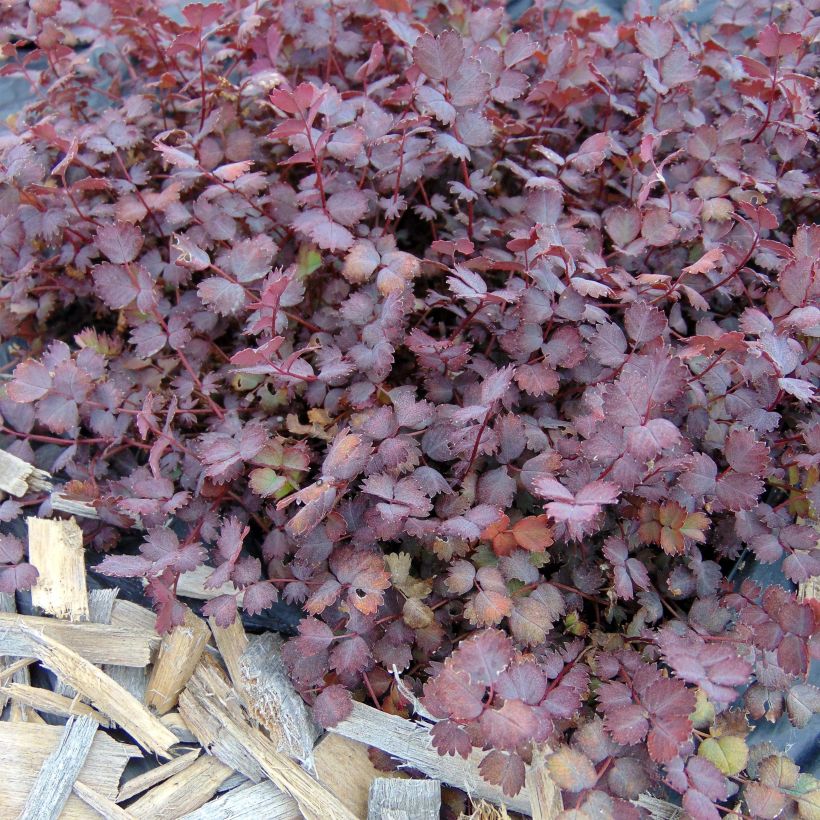

Flowering
Foliage
Plant habit
Botanical data
Acaena
inermis
Purpurea
Rosaceae
Spineless Acaena, Smooth Acaena
Oceania
Other Acaena
Planting and care
The Acaena inermis 'Purpurea' thrives in well-drained soil, even poor, rocky, slightly acidic, neutral, or slightly alkaline. Choose a sunny location that will enhance the foliage colours. The soil should not be completely dry in summer, but it should be healthy in winter and not retain moisture. Optionally remove the creeping stems to limit the plant's spread.
Planting period
Intended location
Care
Spring flowering perennials
Haven't found what you were looking for?
Hardiness is the lowest winter temperature a plant can endure without suffering serious damage or even dying. However, hardiness is affected by location (a sheltered area, such as a patio), protection (winter cover) and soil type (hardiness is improved by well-drained soil).

Photo Sharing Terms & Conditions
In order to encourage gardeners to interact and share their experiences, Promesse de fleurs offers various media enabling content to be uploaded onto its Site - in particular via the ‘Photo sharing’ module.
The User agrees to refrain from:
- Posting any content that is illegal, prejudicial, insulting, racist, inciteful to hatred, revisionist, contrary to public decency, that infringes on privacy or on the privacy rights of third parties, in particular the publicity rights of persons and goods, intellectual property rights, or the right to privacy.
- Submitting content on behalf of a third party;
- Impersonate the identity of a third party and/or publish any personal information about a third party;
In general, the User undertakes to refrain from any unethical behaviour.
All Content (in particular text, comments, files, images, photos, videos, creative works, etc.), which may be subject to property or intellectual property rights, image or other private rights, shall remain the property of the User, subject to the limited rights granted by the terms of the licence granted by Promesse de fleurs as stated below. Users are at liberty to publish or not to publish such Content on the Site, notably via the ‘Photo Sharing’ facility, and accept that this Content shall be made public and freely accessible, notably on the Internet.
Users further acknowledge, undertake to have ,and guarantee that they hold all necessary rights and permissions to publish such material on the Site, in particular with regard to the legislation in force pertaining to any privacy, property, intellectual property, image, or contractual rights, or rights of any other nature. By publishing such Content on the Site, Users acknowledge accepting full liability as publishers of the Content within the meaning of the law, and grant Promesse de fleurs, free of charge, an inclusive, worldwide licence for the said Content for the entire duration of its publication, including all reproduction, representation, up/downloading, displaying, performing, transmission, and storage rights.
Users also grant permission for their name to be linked to the Content and accept that this link may not always be made available.
By engaging in posting material, Users consent to their Content becoming automatically accessible on the Internet, in particular on other sites and/or blogs and/or web pages of the Promesse de fleurs site, including in particular social pages and the Promesse de fleurs catalogue.
Users may secure the removal of entrusted content free of charge by issuing a simple request via our contact form.

































